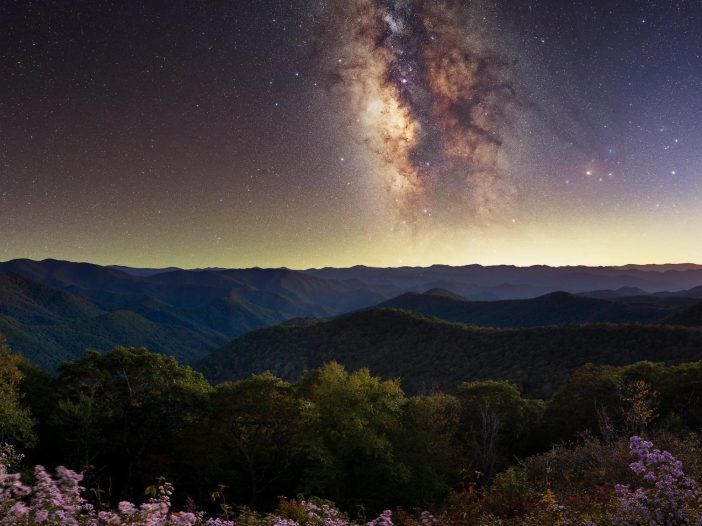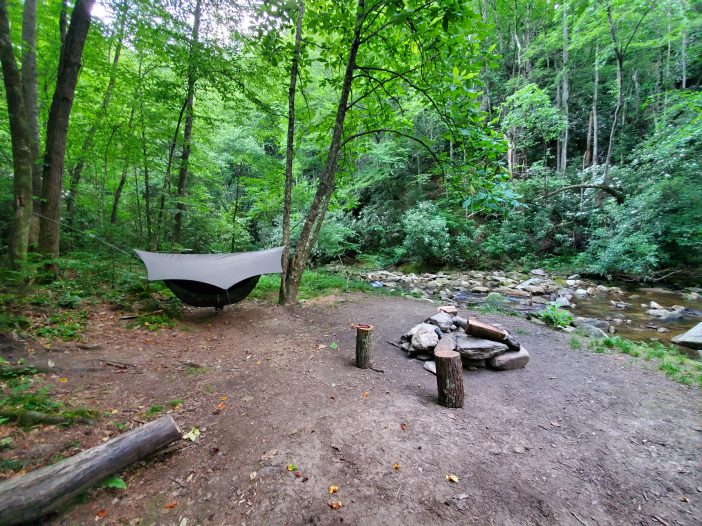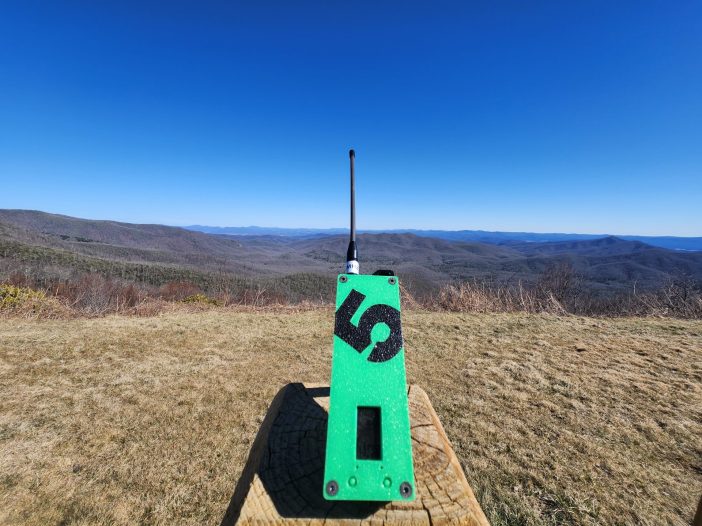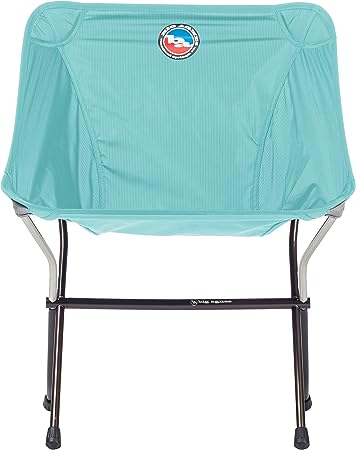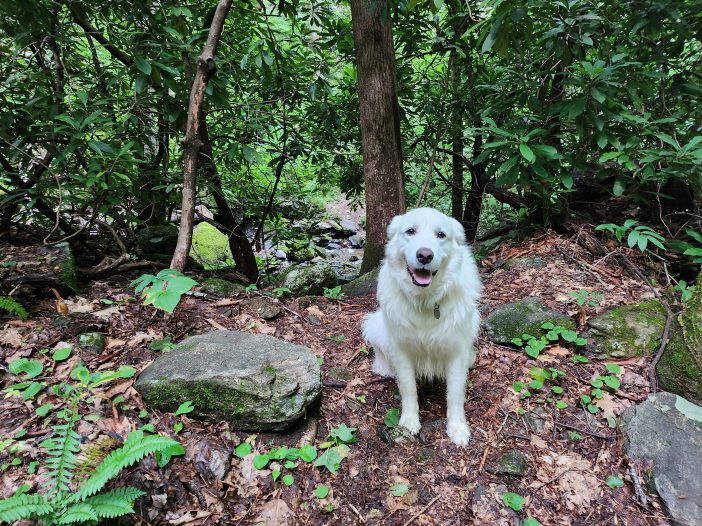The mountains of western North Carolina hold a secret that urban dwellers rarely encounter: darkness. True darkness, the kind that existed before electric lights carved up the night. Drive three hours west from Charlotte, past the last strip mall and gas station, and you’ll find yourself in a place where the Milky Way stretches across the sky like spilled sugar.
Read MoreCamping
WNC Backpacking Guide: Great Smoky Mountains, Pisgah National Forest & Blue Ridge Parkway Routes
Western North Carolina’s premier backpacking destinations, from the iconic Great Smoky Mountains National Park with its 100+ backcountry campsites to the challenging Art Loeb Trail through Pisgah National Forest. This comprehensive guide covers permit requirements, seasonal considerations, safety protocols, and detailed route descriptions for multi-day adventures across the region’s most spectacular wilderness areas.
Read MoreInto the Orange: Chasing Sunsets Across Western North Carolina
Hike to the best sunset views in Western North Carolina. From balds like Black Balsam to lakes and fire towers, this guide covers year-round spots for campers who want a real view.
Read MoreHanging Loose: A Field Test of ENO’s Most Popular Hammocks
We tested ENO’s DoubleNest, SingleNest, and TravelNest hammocks across trails, campsites, and music festivals in Western North Carolina. Here’s how each one holds up in the real world.
Read MoreFishing the Forks: Trout Streams of the East and West Fork Pigeon River, NC
The Pigeon River in Western North Carolina is a favorite for trout anglers looking for clear mountain water, wild fish, and quiet stretches of stream. This guide covers where to go, what to bring, and how to make the most of your trip from fishing tips to nearby camping spots. Whether you’re fly fishing in the backcountry or casting spinners closer to the road, there’s something here for every kind of trout fisherman.
Read MoreSolo Backpacking in Western NC: Trails, Gear, and Safety for First-Timers
Thinking about going on your first solo backpacking trip? This guide breaks down everything you need to know from choosing beginner-friendly trails in Western North Carolina to essential gear, safety tips, and mental prep. Whether you’re craving solitude, challenge, or a fresh start, solo backpacking offers a unique chance to reconnect with yourself and the natural world.
Read MoreMeshtastic: Revolutionizing Off-Grid Communication for Campers and Outdoor Enthusiasts
Meshtastic is changing how outdoor enthusiasts stay in touch off the grid. Using long-range LoRa technology, this open-source mesh system enables secure messaging and GPS tracking without cell towers or internet. From backpacking and camping to emergency prep, here’s how it works and why it matters.
Read MoreCamp Chef Deluxe Outdoor Camp Oven
First Impressions and Setup I set the Camp Chef Deluxe Outdoor Camp Oven on the picnic table and smiled at its polished steel shell. It weighed about 32 pounds but felt solid when I lifted it with the padded side handles and slipped it into its carry bag. The bag made transport easy and protected […]
Read MoreBig Agnes Skyline UL Ultralight Backpacking Chair
As an ultralight backpacker, I want gear that’s light and dependable. The Big Agnes Skyline UL Chair (1 lb 11 oz trail weight) hits that balance. It packs down to about 17 inches long and slides into my pack without much fuss. At camp, setup is quick: the shock-corded, color-coded aluminum poles click into place […]
Read MoreThe Camping Effect: Unlocking Health and Happiness in the Great Outdoors
There’s something magical about waking up to birdsong and brewing coffee over a morning campfire that goes beyond simple recreation. Research shows that time in the wilderness isn’t just an escape – it’s medicine for modern life, boosting everything from mental health to family bonds. From the early pioneers to today’s weekend warriors, camping has been woven deep into American culture, offering a vital reset from our screen-filled world. Whether you’re interested in the science behind why camping makes us happier, wondering where to legally pitch your tent, or looking to master the essential skills of outdoor living, we’ll explore what makes this simple act of sleeping outdoors so powerful. Join us as we unpack both the practical know-how and the deeper benefits that have drawn generations of Americans to find renewal, connection, and joy under the stars.
Read More